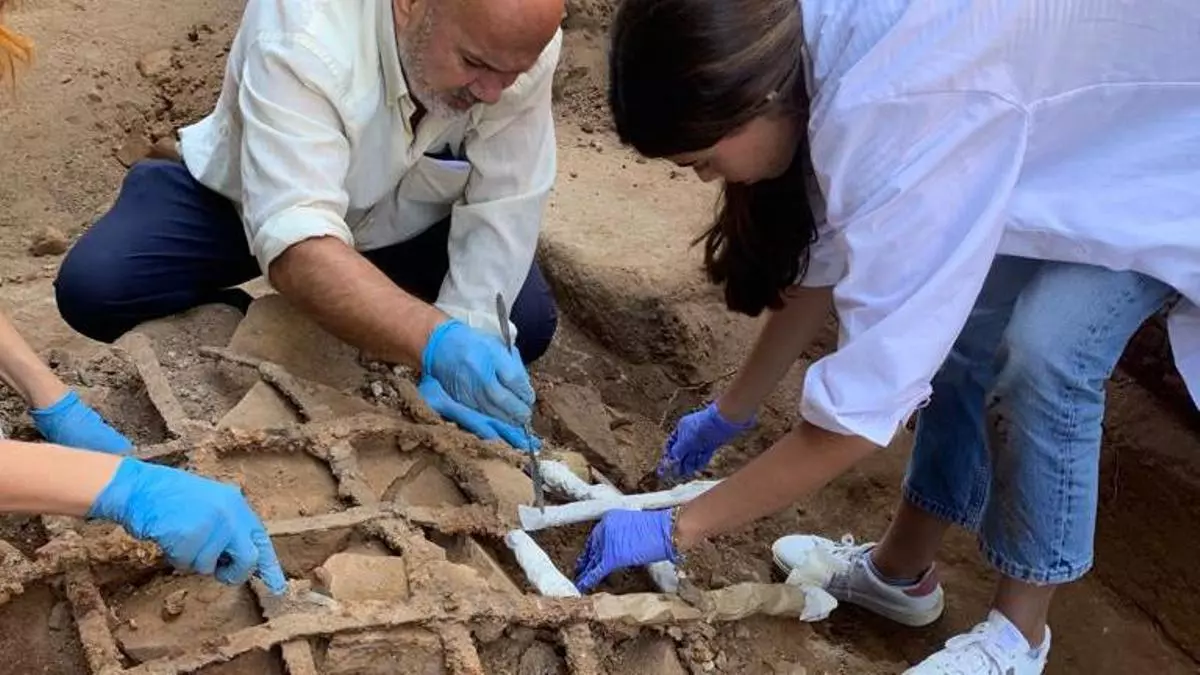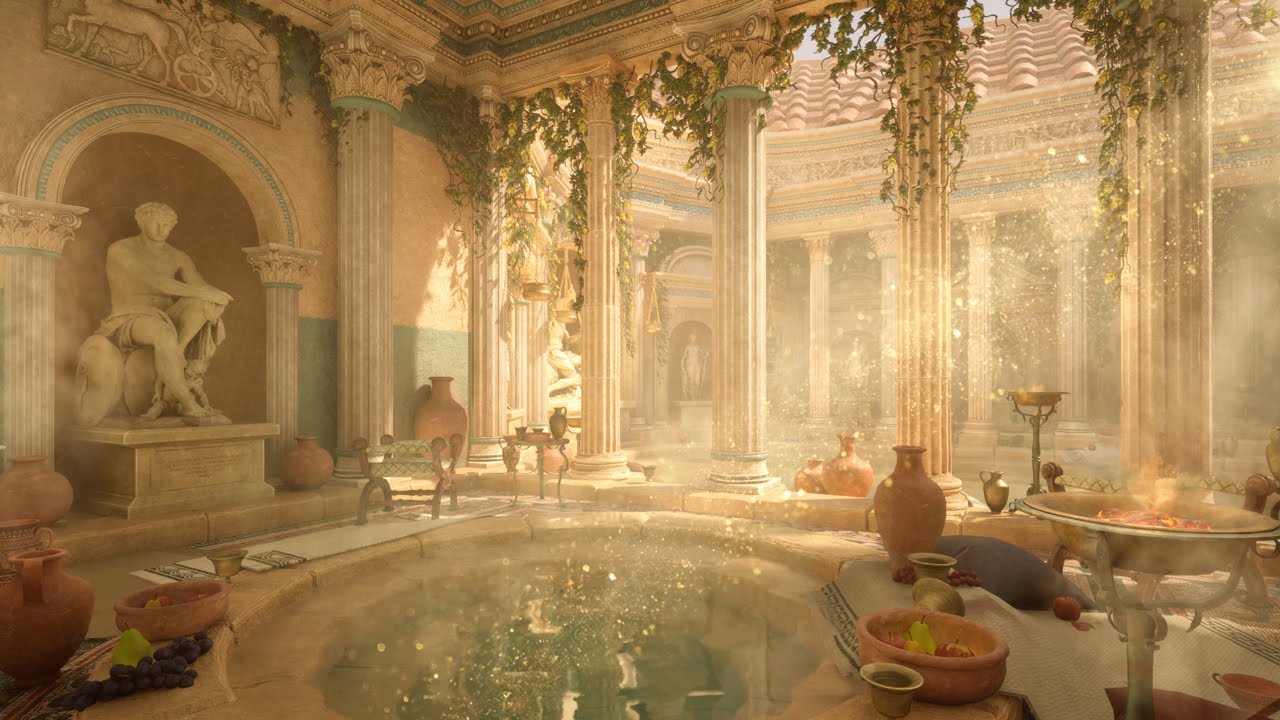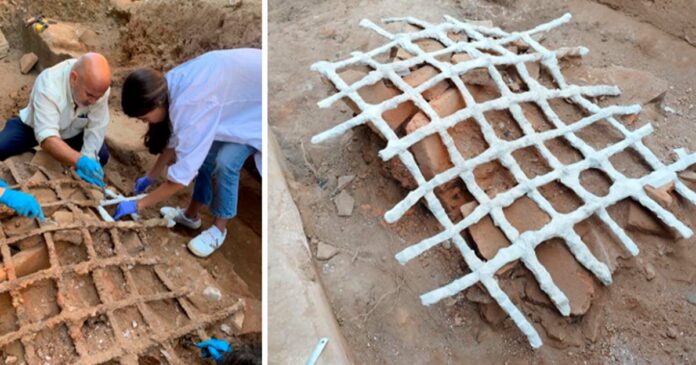In a stunning development in July 2023, archaeologists in Mérida, Spain, unearthed a remarkable find within the ruins of a well-preserved Roman public bathhouse. This discovery not only highlights the impressive state of Roman architecture but also provides a deeper insight into the everyday life of ancient Romans. The find was made during excavations inside the famous 2,000-year-old House of the Amphitheater (Casa del Anfiteatro), located in what was once the Roman colony of Augusta Emerita.
The Mérida Roman Iron Window Bars Find in Context

The discovery of iron window bars in such pristine condition is a rare and exceptional find. The Romans were known for their advanced use of iron and steel, incorporating these materials into construction, tools, and weapons. Typically, Roman windows were fitted with iron bars or wooden shutters, but over time, these elements often deteriorated due to corrosion or the quality of the materials used.
The recently unearthed iron window bars were found in the apodyterium of the bathhouse, an area where individuals would change before entering the bathing facilities. This find is particularly significant as similar artifacts were discovered in the kitchen of the House of the Amphitheater in the 1960s. The newly found bars are currently undergoing a meticulous cleaning and restoration process to preserve their condition and prepare them for public display.
Roman Baths Belonged to a Private Home in Mérida

Felix Palma, the director of the Consortium of the Monumental City of Mérida, has indicated that the Roman baths likely belonged to a private residence or a collection of private residences, although they were widely shared and thus could be considered public baths. Ana Maria Bejarano, the Consortium archaeologist leading the excavation, noted that the large baths discovered exceed the typical size of those found in private homes. The bathing area featured “perfectly preserved” facilities, elaborate wall and floor decorations, including marble plaques, moldings, paintings, and various underground structures related to the baths.
Interestingly, while Roman bath sites are usually accompanied by pools, no such pool has yet been found in the House of the Amphitheater. However, archaeologists plan to continue searching for one.
Roman Baths as Stunning Examples of Roman Domestic Architecture in Spain

The House of the Amphitheater, named for its proximity to a nearby Roman amphitheater, is a prime example of Roman domestic architecture in Spain. The house complex includes a large courtyard, numerous rooms with colorful mosaic floors, hallways adorned with painted frescoes, and various artifacts showcasing Roman daily life. The large scale of the newly discovered bathing area suggests that the homeowner may have hosted significant social gatherings, potentially linked to the nearby gladiatorial games.
Exploring the Archaeological Ensemble of Mérida and Beyond

The House of the Amphitheater is situated outside the original walls of the Roman colony of Augusta Emerita, in a suburban area that included residential buildings, funerary facilities, and industrial spaces. This area, along with the Torre del Agua (House of the Water Tower), represents the region’s version of ancient mansions, with the Casa del Anfiteatro being the larger of the two.
Founded in 25 BC by retired Roman soldiers, Augusta Emerita eventually became the capital of the Roman province of Lusitania. Today, it lies within the modern city of Mérida, which is the capital of the Extremadura region in west-central Spain. Despite the passage of centuries, much of the old colony remains intact, showcasing the architectural and cultural legacy of the Roman Empire.
The House of the Amphitheater is part of the Archaeological Ensemble of Mérida, a UNESCO World Heritage site recognized in 1993. This extensive site includes a long bridge spanning the Guadiana River, a theater, a circus, and an advanced water diversion system. The House of the Amphitheater stands out for its exceptional preservation, including its paintings and mosaics.
Conclusion
The discovery of the iron window bars in Mérida’s Roman baths adds a fascinating new layer to our understanding of Roman architecture and daily life. The exceptional preservation of these artifacts, along with the overall condition of the bathhouse, highlights the significant historical value of the site. As excavations continue, they promise to reveal even more about the ancient city of Augusta Emerita and its vibrant past. The ongoing research and restoration efforts underscore the importance of preserving and exploring our shared historical heritage, offering new insights into the lives of those who came before us.
